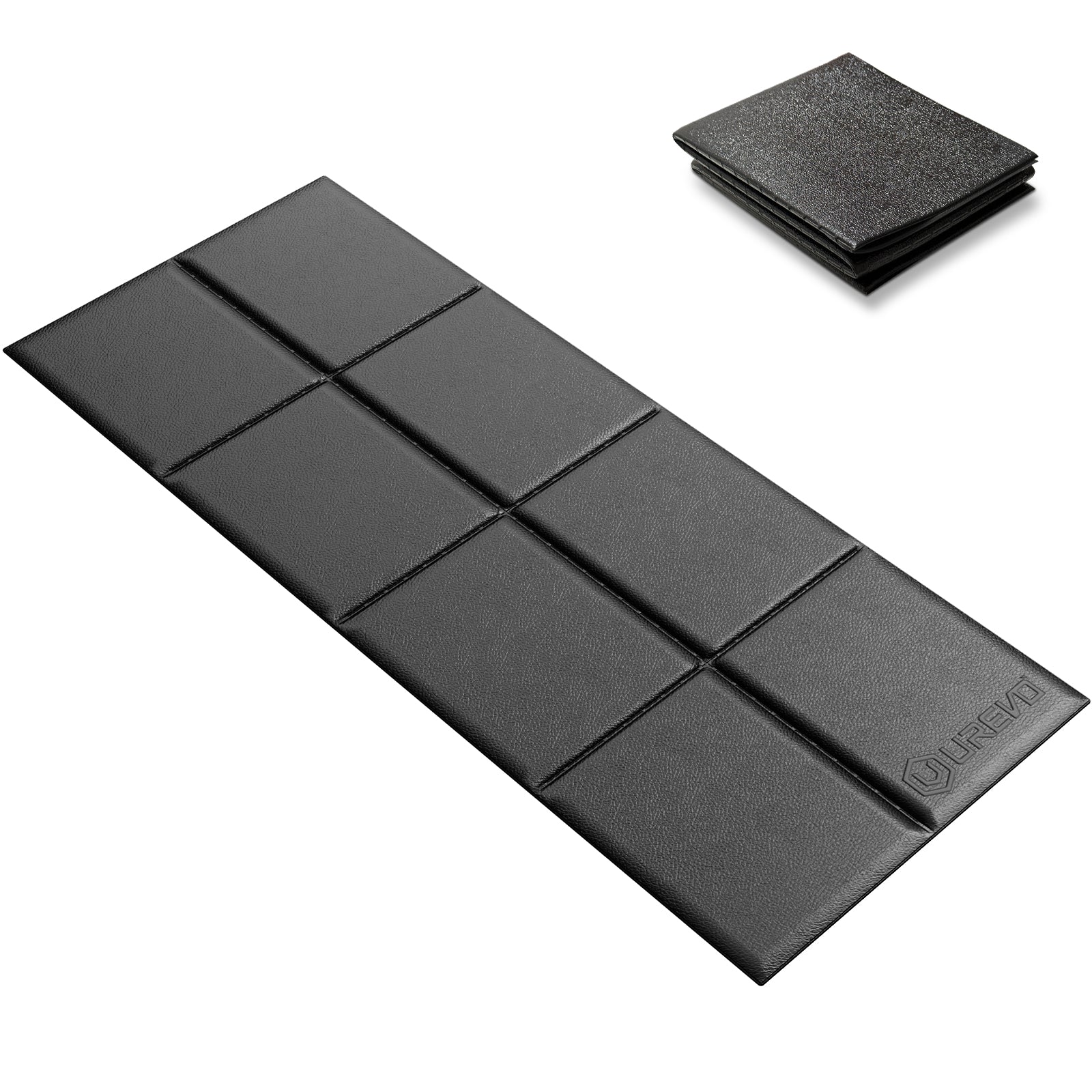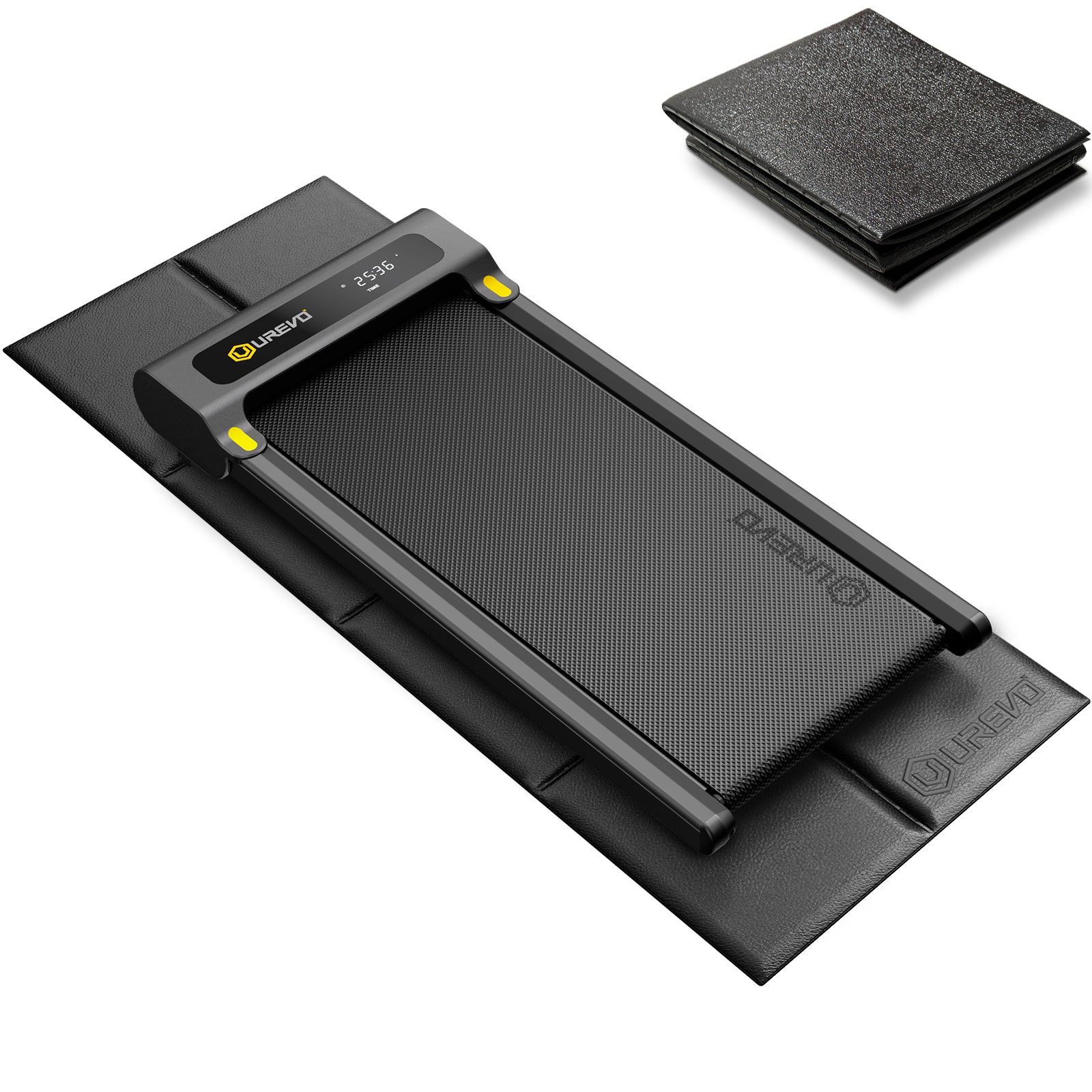The treadmill, a staple in both gyms and home fitness rooms, offers a controlled environment for walking, jogging, or running, regardless of the weather outside. One of its features, the handrails, provides stability and safety, but they are often misused or overused. Understanding the proper use of these handrails will not only enhance your safety but also improve the effectiveness of your workouts.
What Are the Treadmill Handrails Used For?
Primarily, they provide stability as users adjust the speed and incline or when fatigue sets in during a long session. For novices or individuals recovering from injuries, the rails are pivotal in offering the support needed to maintain balance. This is especially vital when users initiate or conclude their workouts, as these transition phases often pose a higher risk of missteps or stumbles. Moreover, in situations where a user might lose their footing or experience a sudden health issue, the handrails are critical for quick support, helping to avert potential falls and facilitating a swift, safe stop if needed.
How to Properly Use the Treadmill Handrails
Proper use of treadmill handrails begins with a minimal grip. Hold the rails lightly enough to allow for a natural arm swing, which is essential for maintaining balance and proper body mechanics. In the initial stages of your workout or when experimenting with higher speeds or inclines, you might find a firmer grip necessary to establish stability. However, as you become more accustomed to the motion and develop better balance, it's crucial to consciously ease your grip. Transition to resting your hands lightly on the handrails or using a fleeting touch for balance as needed. Ideally, you should progress to a point where you can walk or run without any handrail support. This gradual shift not only promotes a more effective cardiovascular workout by involving a broader range of muscle groups but also enhances postural alignment and reduces the risk of joint strain. By adjusting your use of the handrails over time, you encourage a natural stride and a stronger, more resilient body.

Does Holding the Rails on a Treadmill Burn Fewer Calories?
Yes, gripping the handrails while walking or running can indeed reduce the number of calories burned. When you hold on, your body leans forward unnaturally, and the rails bear some of your body weight. This support diminishes the effort required from your leg muscles and core, leading to a less intense workout and fewer calories burned compared to when you walk or run without support.
Can Using the Treadmill Handrails Affect My Heart Rate Monitoring?
Yes, holding onto the handrails can impact the accuracy of heart rate monitors, especially those integrated into the handles. If you rely on these sensors for tracking your heart rate, it's best to use them only briefly for an intermittent check rather than continuously, as constant gripping can lead to skewed data due to reduced physical exertion.
Why You Shouldn't Rely Too Much on the Treadmill Handrails
Excessive reliance on treadmill handrails can detract significantly from the effectiveness of your workout, with several detrimental effects on your body and exercise quality:
- Poor posture: Habitually gripping the handrails can cause you to lean forward or hunch, disrupting spinal alignment. This poor form not only strains the back and neck but can also lead to long-term posture issues.
- Reduced workout intensity: Supporting your weight with the handrails lessens the intensity of your workout. Your legs and core do less work as your upper body takes on some of the load, leading to a decrease in cardiovascular intensity and reduced muscular engagement.
- Uneven muscle development: Regular use of the handrails can lead to muscle imbalances. The lower body, particularly the legs and glutes, receives less stimulation during the exercise. Over time, this can result in weaker leg muscles compared to the upper body, disrupting overall muscle harmony and cardiovascular development.
Minimizing handrail use encourages a more effective, balanced workout and promotes better health and fitness outcomes.

Things You Should Avoid When Using Treadmill with Handrails
Utilizing the handrails on a treadmill requires a balanced approach to ensure they serve their purpose without compromising the quality of your workout or leading to potential injuries:
- Over-gripping: Excessively tight grasping of the handrails can lead to a range of physical issues. Continuously clutching the rails with great force can strain the wrists, potentially leading to conditions such as tendonitis or carpal tunnel syndrome. Moreover, over-gripping can also tense up the shoulders and upper back, resulting in soreness and discomfort that might limit the effectiveness of your exercise regimen.
- Leaning on the handrails: This common mistake can have multiple detrimental effects on your body's mechanics. By leaning, you shift your weight forward or sideways which can alter your center of gravity and place additional stress on your lower back and hips. Over time, this can lead to posture problems and chronic pain, which are counterproductive to achieving fitness goals. Instead, use the handrails lightly for balance while maintaining an upright position to simulate natural walking or running conditions as closely as possible.
- Using only handrails for support during high speeds or steep inclines: Relying solely on the handrails when increasing the treadmill's speed or incline sets a bad precedent for your training. It can lead to decreased engagement of the core and lower body muscles, which are crucial for building strength and endurance. Instead, it's advisable to use the handrails sparingly, gradually letting go as you become more comfortable with the increased intensity. This encourages your body to adapt and strengthen, providing a more balanced and effective workout.
Things You Should Not Do Using Treadmill Without Handrails
Operating a treadmill without handrails requires careful attention to safety and form to avoid common pitfalls:
- Don't start at high speeds: Beginning your workout at a pace that's too fast can be disorienting and unsafe, especially without handrails. It's important to start slowly, allowing your body to adjust to the treadmill's movement. Gradually increase the speed as your balance and confidence improve. This not only helps in preventing falls but also aids in conditioning your body to handle faster speeds without undue stress.
- Avoid looking down frequently: Regularly glancing down at your feet or the treadmill's console can throw off your balance, which is critical especially in the absence of handrails. This habit can cause you to lose your footing or become disoriented. To maintain optimal balance and posture, keep your eyes fixed ahead and ensure your head is aligned with your spine, mirroring the natural stance you would have if running outdoors.
- Don't ignore discomfort: Without the safety buffer of handrails, it's vital to be more attuned to your body's signals. If you experience any instability, dizziness, or physical discomfort, it's essential to slow down the treadmill immediately and, if necessary, come to a complete stop. Ignoring these signs can result in loss of balance and potential injuries. Always prioritize your well-being by responding promptly to what your body needs during exercise.
Final Words
Understanding and respecting the function of treadmill handrails is crucial for both safety and the effectiveness of your workouts. While they are there to assist, reliance should be minimized as competence and confidence grow. This approach ensures you get the most benefit from your treadmill time, enhancing both your safety and fitness outcomes.
Read More
- Is the Treadmill Walking Pad Effective? Exploring Benefits and Drawbac – Urevo
- 8 Reasons Why UREVO is Considered the Best Treadmill for Under Desk – Urevo
- Is a Foldable Desk Treadmill as Effective as Its Non-Folding Variant? – Urevo
- How to Start Exercising: A Beginner's Guide – Urevo
- Spring Training: Time for New Fitness Goals – Urevo












